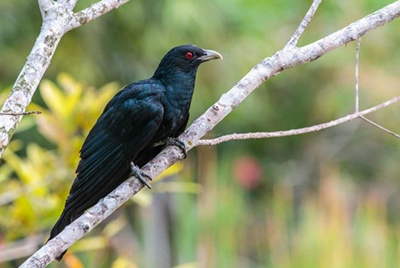Introduction to OneService Work – Behind the Scenes
Have you ever wondered what goes on behind the scenes after you submit a case? Check out this short video to see how your report reaches agencies and/or Town Councils so that they can address the problem you have identified.
While most cases are straight-forward and can be resolved quite quickly, some issues are more difficult to deal with, and may take longer to address.
These are some examples:
HDB Car Park Maintenance
HDB car park infrastructure such as the Electronic Parking System (EPS), bollards, lifts, signage, kerbs/slabs and parking lot markings, will require maintenance due to wear and tear. In addition, requests for improvement works to existing infrastructure will require a feasibility/technical study, followed by approval from the relevant authorities.
Either HDB or the Town Council will improve or maintain such infrastructure, and work closely with their contractor to address any issues that arise. This will involve assessing the problem, identifying a viable solution, procurement and deployment of resources to carry out the repair works. As such, the actual time taken to resolve car park maintenance cases will depend on the nature of feedback and the complexity of repair or improvement works required.
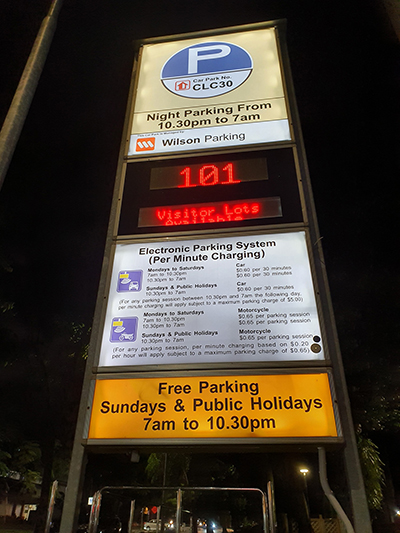
Common Area Maintenance
HDB common areas are public spaces shared by residents. From time to time, the Town Council receives feedback that these areas:
- are littered with bulky waste discarded by residents; and/or
- require maintenance for common facilities such as lighting, playground, signage or fire hose reels, arising from wear and tear.
For the removal of bulky waste, the Town Council will dispose of the items, or investigate the situation to determine ownership. If an owner can be identified, the Town Council will then work with the relevant agencies to issue advisories to the owner to remove the items. If the problem continues to persist due to inconsiderate behaviour, stakeouts will be carried out, and legal/enforcement actions taken thereafter.
To address maintenance problems, the Town Council procures replacement parts, and engages contractors to schedule repair works. The works may need to be batched with regular maintenance works due to economies of scale.
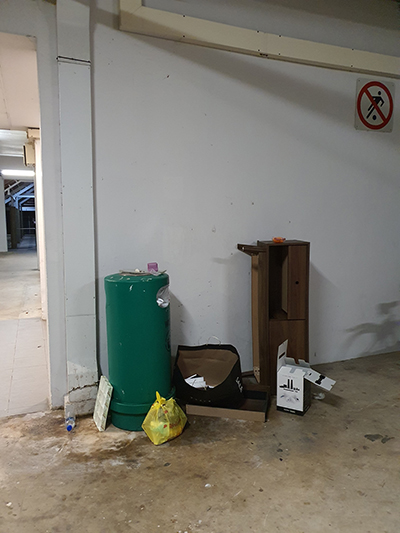
Lighting Maintenance
Lighting components have a limited lifespan, and break down over time due to wear and tear, or electrical faults.
To address feedback on lighting, the Town Council conducts site inspections, and may need to engage a qualified engineer/technician to test the controls or sensors to determine the reason for the fault.
The Town Council may then need to replace the lighting, source for replacement parts (from overseas, if necessary) or upgrade to more energy-efficient lighting to optimise resources. In scheduling the repair works by contractors, the Town Council may need to batch certain cases with its regular maintenance works due to economies of scale.
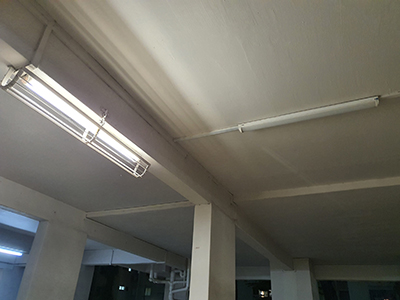
Footpaths wear out over time. They sometimes crack and form depressions and unevenness. If public safety is involved (e.g. tripping hazard), please contact LTA at 1800-225-5582, or, if within a HDB estate, the relevant Town Council.
The relevant agency in charge of the footpath, such as LTA or the Town Council, will conduct site assessments to assess the extent of the problem, and will need to consider the different rectification options, as well as any upcoming works or plans already scheduled for the area.
The agency will then work with the contractor to arrange for repairs, which are sometimes batched together with other maintenance jobs to optimise deployment of resources.
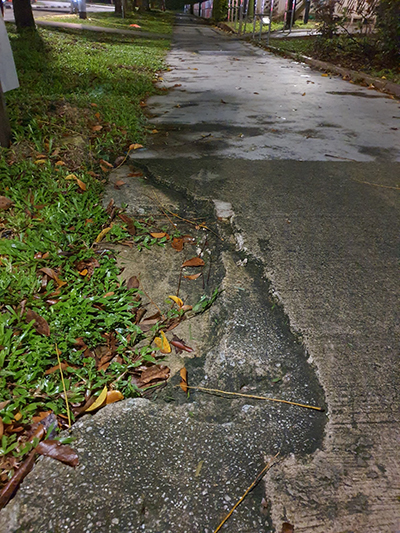
Bird Issues
Pigeon Feeding
NParks will look into all reported cases of pigeon feeding. After assessment on site, we may need to conduct several rounds of surveillance to establish the identity of the feeder and take enforcement actions thereafter. If observed feeding is a result of high-rise littering or littering on the ground, NParks will work with the National Environment Agency for follow-up. In addition, NParks will work with Town Councils to manage the pigeon population in order to alleviate the disamenities caused and step up education efforts to remind residents not to feed the pigeons.
The feeding of pigeons is illegal under the Wildlife Act. Should you have any information on anyone feeding pigeons in the vicinity, please provide us with details such as the feeding timings, identity of the feeder, and photos and videos which capture the act of feeding, to help us in the investigation.
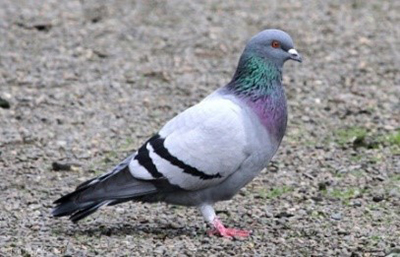
Crows
House crows are non-native and are an invasive species in Singapore. Management of invasive bird species requires a holistic and science-based approach, incorporating the removal of food sources, habitat modification, population control strategies such as culling, and studies to understand the population ecology such as the roosting patterns and movements of the birds.
As crows can be a potential threat to public safety, NParks will conduct surveys and site visits to understand the situation better, and determine an optimal approach. We will work with various stakeholders such as Town Councils to implement various solutions, which may range from removing food sources, nest removal, population reduction or even habitat modifications.
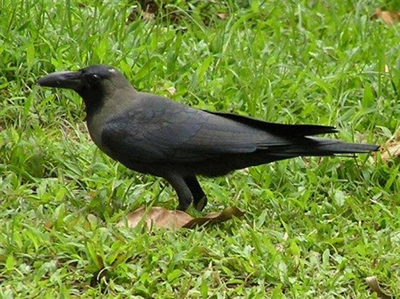
Koels
The Asian Koel is a native species protected under the Wildlife Act. The presence of this species provides an ecological service in managing the population of house crows, which are considered pests in Singapore. Asian Koels may be more vocal during their breeding season, which follows that of the house crow. For more information on the Asian Koel, please refer to https://www.nparks.gov.sg/gardens-parks-and-nature/dos-and-donts/animal-advisories/asian-koels.
In addressing issues from Koels, NParks will carry out surveillance works over a few days to better understand the situation on site. If crow nesting sites are detected, they will be removed as well, as they tend to attract Koels. To discourage their presence, NParks may arrange with the relevant stakeholders for tree pruning and fruit removal works to be conducted within the estate. If you have information on possible crow nesting sites in your estate, please share them with us to help us tackle the issue more efficiently.
